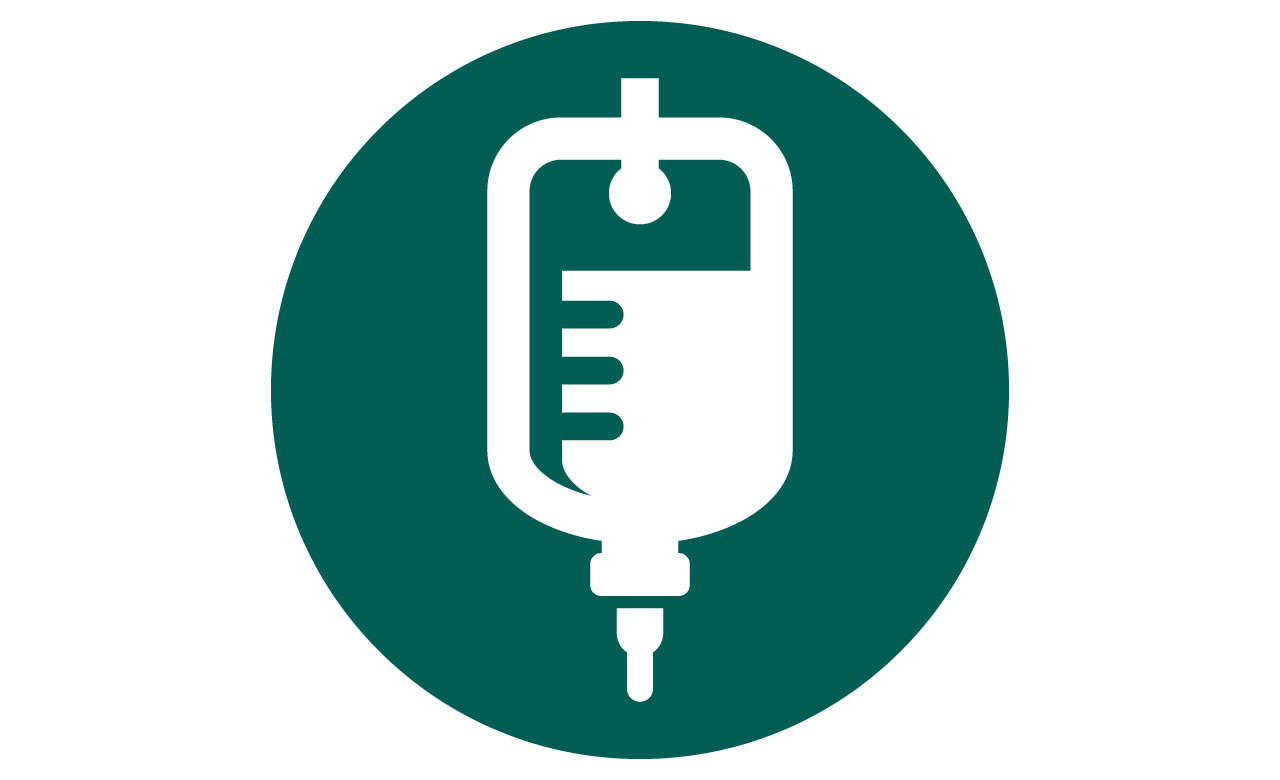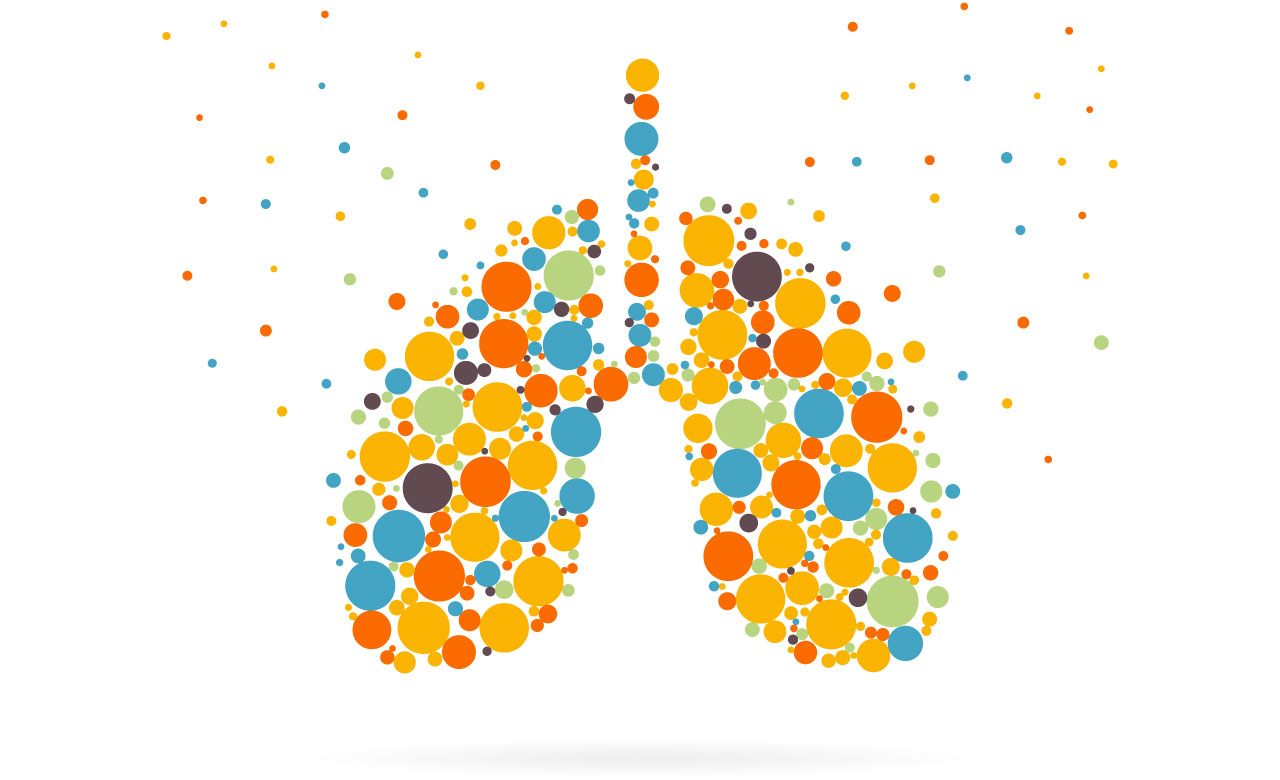How prevalent is discontinuation of antipsychotic medication use following infection-related hospitalization?

Delirium, or acute onset of disturbance of consciousness and cognition, occurs in up to 45% of older adults hospitalized for infections such as influenza, pneumonia, UTI, and COVID-19. Although antipsychotic medications (APMs) are commonly prescribed to manage the behavioral disturbances caused by delirium, clinical consensus recommends that APMs should be used with caution in older adults and should be discontinued as soon as possible.
Researchers from Harvard Medical School conducted a cohort study using U.S. claims data from January 1, 2004, to May 31, 2022, to investigate patient characteristics and discontinuation rates of APMs used to treat delirium following infection-related hospitalization among older adults. The study, which included 5,835 patients with no prior use of oral haloperidol and atypical APMs (aripiprazole, olanzapine, quetiapine, and risperidone), was published on February 17, 2023, in JAMA Network Open. The primary outcome was APM discontinuation, defined as a gap of more than 15 days following the end of an APM regimen.
The findings of the study showed discontinuation rates of only 11% for new atypical APM users and 52% for new haloperidol users by 30 days after initiation following infection-related hospitalization. The researchers also found that dementia and prolonged hospitalization were inversely associated with discontinuation of haloperidol and atypical APMs.
Their findings suggest that contrary to clinical recommendations, APM discontinuation rates following infection-related hospitalization are low overall and lower for atypical APMs than for haloperidol. ■
Hydrocortisone may improve outcomes for patients with severe CAP

Community-acquired pneumonia (CAP) remains a leading cause of hospitalization and mortality, with many patients admitted to the ICU for treatment, which includes antibiotics and supportive care. Researchers participating in the CAPE COD study conducted a phase 3, multicenter, double-blind, randomized, controlled trial to determine whether the anti-inflammatory and immunomodulatory effects of glucocorticoids decrease mortality among patients with severe CAP.
In the study, published on March 21, 2023, in NEJM, adults who had been admitted to the ICU for severe CAP were assigned to receive I.V. hydrocortisone (200 mg daily for either 4 or 8 days as determined by clinical improvement, followed by tapering for a total of 8 or 14 days) or placebo. All patients continued to receive standard therapy, including antibiotics and supportive care. The primary outcome was death at 28 days.
Data from 795 patients were analyzed, showing that by day 28, death had occurred in 25 of 400 patients (6.2%) in the hydrocortisone group and in 47 of 395 patients (11.9%) in the placebo group. Among the patients who were not undergoing mechanical ventilation at baseline, endotracheal intubation was performed in 40 of 222 patients (18.0%) in the hydrocortisone group and in 65 of 220 patients (29.5%) in the placebo group. The frequencies of hospital-acquired infections and GI bleeding were similar in the two groups.
The authors concluded that early treatment with hydrocortisone should be considered for patients admitted to the ICU with severe CAP. ■
Increase in lung function seen in patients with pulmonary hypertension treated with sotatercept

Pulmonary arterial hypertension results from narrowed, thickened, or stiff arteries in the lungs, and can cause shortness of breath, fatigue, and dizziness. According to the authors of a paper published on March 6, 2023, in NEJM, disease-associated morbidity and mortality remain high despite therapeutic advances.
The STELLAR Trial investigators conducted a multicenter, double-blind, phase 3 trial to determine if sotatercept, a fusion protein that traps activins and growth differentiation factors involved in pulmonary arterial hypertension, improved exercise capacity.
The study included over 300 adults with WHO functional class II or III pulmonary arterial hypertension who were receiving stable background therapy. Patients were randomly assigned in a 1:1 ratio to receive subcutaneous sotatercept (starting dose, 0.3 mg/kg body weight; target dose, 0.7 mg/kg body weight) or placebo every 3 weeks. The primary end point was the change in 6-minute walk distance from baseline at week 24.
Nine secondary end points included multicomponent improvement, change in pulmonary vascular resistance, change in N-terminal pro–B-type natriuretic peptide level, improvement in WHO functional class, time to death or clinical worsening, French risk score, and changes in the PAH-SYMPACT Cognitive–Emotional Impacts domain scores.
The median change from baseline at week 24 in the 6-minute walk distance was 34.4 m in the sotatercept group and 1.0 m in the placebo group. The first 8 secondary end points were significantly improved with sotatercept compared with placebo, although the PAH-SYMPACT Cognitive–Emotional Impacts domain score was not. Some adverse events, including epistaxis, dizziness, telangiectasia, increased hemoglobin levels, thrombocytopenia, and increased BP, occurred more frequently with sotatercept than with placebo. ■
Sufentanil-based analgesia may offer improved relief for children after surgery

Adequate control of postoperative pain is critical in infants and small children. Options for pediatric patients are limited because many analgesics commonly used in adult patients are not approved for use in children. In a study published on February 10, 2023, in the Journal of Clinical Pharmacology, researchers from Sichuan University (China) investigated the use of sufentanil, a fentanyl derivative that relieves pain quickly, for patient-controlled analgesia (PCA) in children following major surgery.
A total of 963 children (average age of 4 years old) who received sufentanil-based PCA following major surgery to repair congenital hip dislocation and hypospadias were included in the study. Patients were divided into 3 groups and received sufentanil 4 µg/kg + tramadol 10 mg/kg, sufentanil 4 µg/kg, or sufentanil 5 µg/kg. After tramadol was banned in April 2021, it was removed from the PCA regimen and the study continued with the 2 doses of sufentanil.
Caregivers or children were trained in pain assessment preoperatively and were instructed on how to use the device to maximize analgesia by pressing the PCA button if the children presented pain. The primary end point was the incidence of moderate to severe pain during rest and activity (defined as a score of ≥4 at any time within 72 hours after surgery).
Results of the study showed that the incidence of moderate to severe postoperative pain during rest was significantly lower in the group who received 5 µg/kg sufentanil and the group who received sufentanil plus tramadol. The number of effective PCA administrations within 72 hours was significantly higher in the 4 µg/kg sufentanil group than in the sufentanil/tramadol group or 5 µg/kg sufentanil group, but there was no statistical difference in total usage of opioids among the three groups.
The authors concluded that sufentanil-based PCA could be effectively and safely used for pain relief in children after major surgery without increasing opioid-related adverse effects and that the 5 µg/kg dosage is superior to the 4 µg/kg dosage. ■